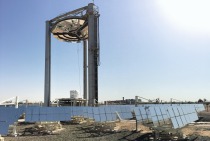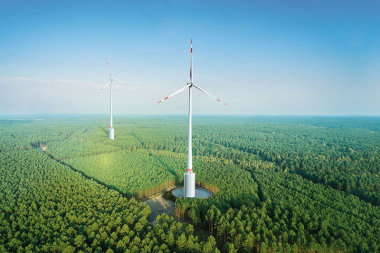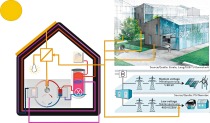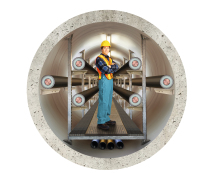Thirty percent by 2033 - Rohrdorfer presents "Initiative 3033" for the expansion of renewable energies
08.08.2023
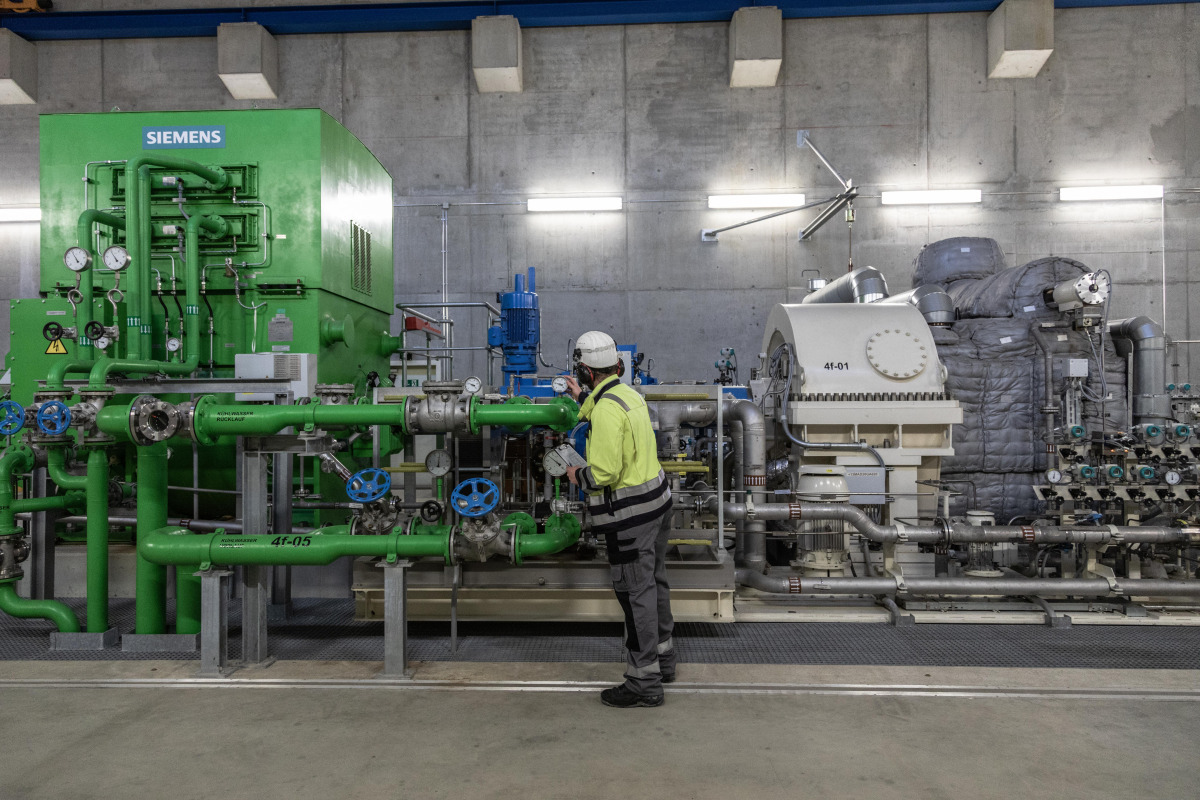 The waste heat power plant at the Rohrdorf site contributes to the fact that the Rohrdorfer Group of Companies already generates 10 percent of its own electricity requirements (Figure: Rohrdorfer Group of Companies)
The waste heat power plant at the Rohrdorf site contributes to the fact that the Rohrdorfer Group of Companies already generates 10 percent of its own electricity requirements (Figure: Rohrdorfer Group of Companies)
The Rohrdorfer Group wants to produce CO2-neutral cement by 2038. In order to achieve this goal, one hundred percent of the electricity supply must come from renewable energies. In order to increase the pace of the switch to renewables and achieve the highest possible degree of energy self-sufficiency, Rohrdorfer is pursuing ambitious expansion plans with its "Initiative 3033". By 2033, 30 percent of the electricity demand is to be produced by the company itself. The group of companies is relying on a mix of photovoltaics (PV), waste heat and geothermal energy. Rohrdorf CEO Mike Edelmann presented Initiative 3033 to the employees via video message.
Decarbonisation requires three times as much electricity
On the occasion of his visit to the cement plant at the end of June, Hubert Aiwanger, Minister of Economic Affairs, described the decarbonisation of the cement industry as a Herculean task. If the complete CO2 reduction is to succeed, the processes based on fossil energy must successively function with electricity – and this must of course be "green", i.e. come from renewable energy sources. Managing Director Mike Edelmann estimates the Rohrdorf Group's electricity demand in the medium term at 300 gigawatt hours per year. "In the Rohrdorf cement plant alone, the electricity demand will triple in the course of the energy transition. If the cement industry is to survive, it will depend on a very dynamic expansion of the electricity supply. With our Initiative 3033, we are sending a signal that we are not just waiting, but actively working on the solution," says Mike Edelmann.
100 million euros investment for 100 MW peak capacity
Rohrdorfer currently has 44 PV projects with 12.4 megawatts (MW) peak capacity in planning, 22 of them in Austria, 18 in Germany and four in Italy. More than half are already in the construction phase. So far, due to the sometimes complex approval procedures, only roof areas and a few ground areas on the factory premises have been considered for PV plants. If wind power and floating photovoltaics are also included, 100 MW peak could be generated by 2033. A promising project, a floating PV plant at the Rohrdorf sand and gravel plant in Eichenkofen, became uneconomical due to a new regulation requiring a distance of 50 metres between PV modules and the lake shore. "Unfortunately, the so-called Easter package of the federal government slowed us down," explains Mike Edelmann. "With the floating PV plant in Eichenkofen, our Sand and Gravel Division could have covered its entire electricity needs. We would welcome it if the approval procedures for floating PV plants in Bavaria were simplified, as they are for wind power." At present, ten percent of the Rohrdorf Group's electricity needs are already covered by self-generated renewable energy, for example through waste heat at the Rohrdorf site or geothermal energy at the Dollnstein site. The investment sum to increase the share of self-generated electricity to 30 per cent amounts to around 100 million euros by 2033.
CONTACT
Rohrdorfer Unternehmensgruppe (in Germany)
SPZ Service GmbH
Sinning 1
D-83101 Rohrdorf
Ulrike Schinagl
+49 8032 182 271

